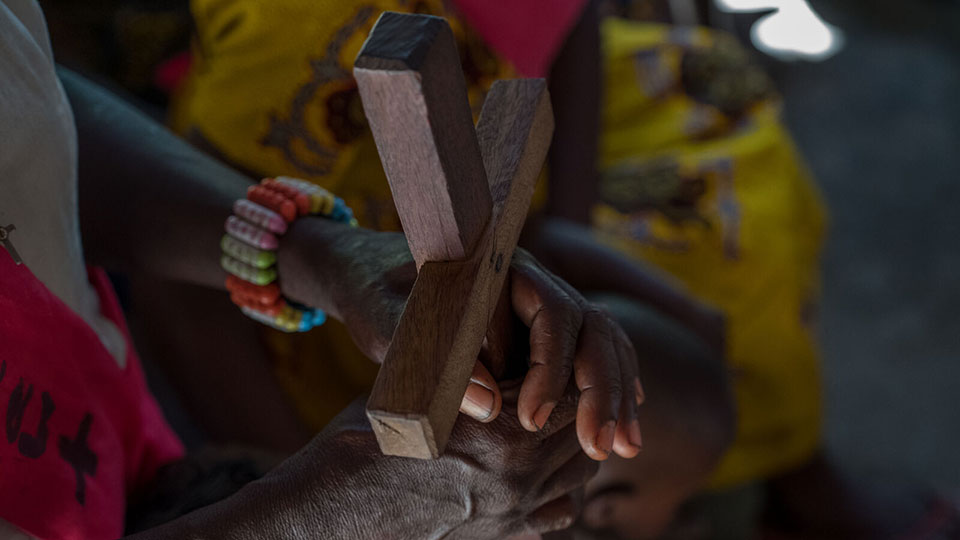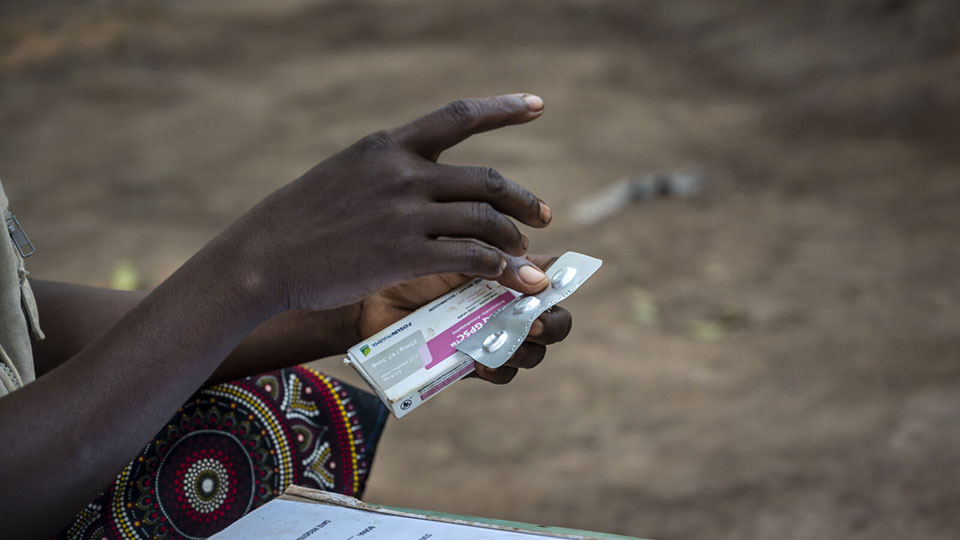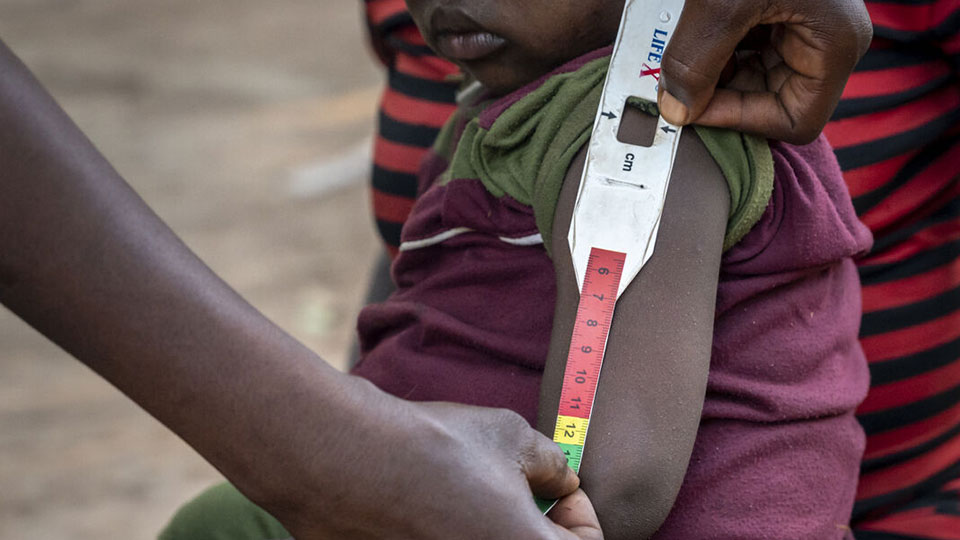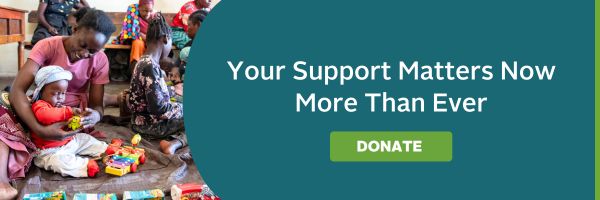Amid Ongoing South Sudan Crisis, More Families Flee Their Homes

The crisis in South Sudan continues to escalate. The armed conflict that began in Upper Nile earlier this year has expanded throughout the country. Amid the deepening civil unrest, food is becoming increasingly difficult to find and more expensive. Deadly cholera is surging, and aid organizations fear this outbreak could be the worst the country has ever seen. Families are fleeing their communities, escaping with nothing but what they can carry in an urgent search for safety from rising violence.
Serving Internally Displaced Women and Children
After the removal of the former governor of the Western Equatoria State, conflict erupted and instability surged. Families from the Nadiangere region were forced to flee the place they call home. In June, a group of 89 people, now internally displaced from Nadiangere, arrived at a refugee camp in Yambio, supported by CMMB and other aid organizations, in the country’s southwest corner. Mostly women and children, they were exhausted from their dangerous two-month-long journey through South Sudan’s wilderness. Far from home, these families finally received the care they needed. Together with partners, our CMMB staff conducted health assessments, just as we have when South Sudan experienced previous influxes of internally displaced people. We screened these families for malnutrition and HIV and replaced medications left behind in the rush to escape. Many of the internally displaced people we assessed were pregnant or breastfeeding.
Facing an Uncertain Future
Even before its most recent conflict, South Sudan had one of the world’s worst displacement crises. An estimated 2.3 million South Sudanese live as refugees in Ethiopia, Kenya, Sudan, and other neighboring countries. Approximately 2 million more are internally displaced. Since the most recent outbreak of violence began in February, more than 250,000 people have been displaced, seeking refuge both within and outside of South Sudan.
Like so many of their fellow citizens, the people we serve at the refugee camp in Yambio face an uncertain future. Malnutrition is a real concern, especially for children and pregnant and breastfeeding women. Access to clean, safe drinking water is also limited. As they struggle to survive, people fear that the violence they fled may find them in a new place.
For these displaced people, more challenges lie ahead. South Sudan’s rainy season is underway, raising the potential for devastating flooding and additional diseases like malaria. The war in neighboring Sudan is increasing instability in the region, displacing millions more. Some are South Sudanese who tried to flee their own country’s violence, only to be displaced once again. With humanitarian needs growing and less aid available, many families face a daily struggle to survive, unable to run businesses or farm amid the instability.
Tereza’s Story
“I am grateful to be alive, but I yearn for peace,” Tereza told us. “I want to live in my home again.”
For generations, Tereza’s family has called Nadiangere, a remote farming community, home. But the increasing instability in her community left her with no choice. She had to leave. Joining dozens of other women and children, Tereza ventured into South Sudan’s wilderness—and an uncertain future.
For Tereza, who is 61, the journey was grueling. For two months, she traveled through the bush, enduring hunger, the fear of violence, and unpredictable, harsh weather. With 88 others from her community, she finally arrived at the Yambio refugee camp. But her journey has not ended.
Life in the refugee camp is difficult. Tereza worries about what will happen next and when she will be able to return home.
“I am grateful to be alive, but I yearn for peace,” Tereza told us. “I want to live in my home again.”


